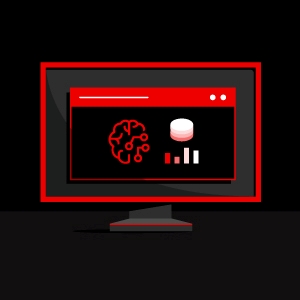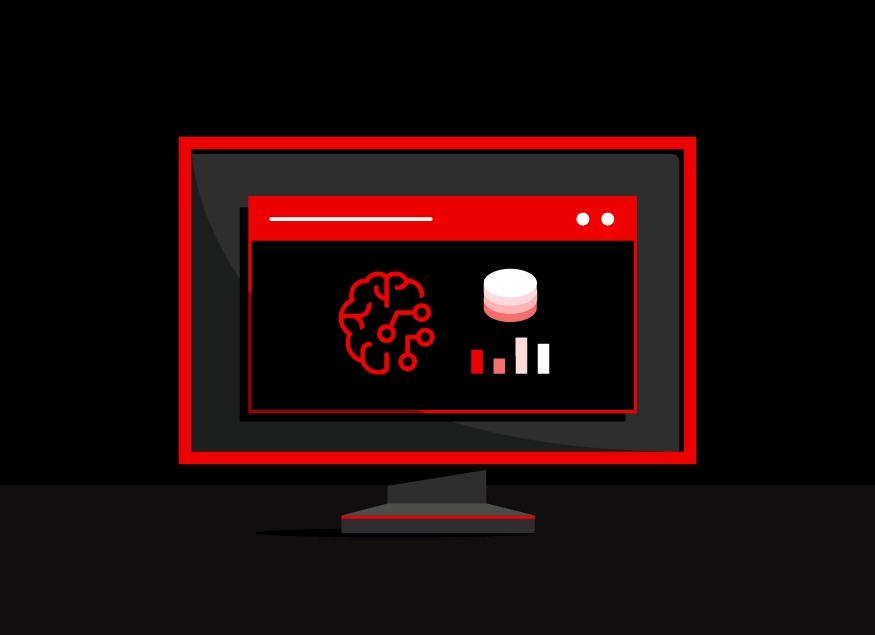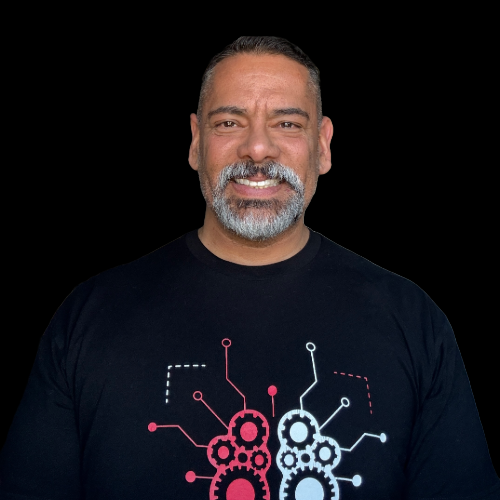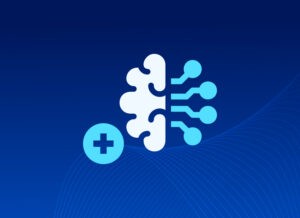Despite investing in numerous automation tools, Government agencies still struggle to achieve true operational efficiency. The issue is not a lack of technology, but the need to better align organizational processes with automation strategies. Agencies often find that automation scattered across teams does not equate to automation at scale.
For State and Local Government agencies navigating budget constraints, workforce transitions and mounting pressure to adopt artificial intelligence (AI), understanding how to make automation sustainable is now mission critical.
Understanding the Foundation
The most effective automation transformations begin not with technology selection but with process evaluation. Agencies that achieve lasting results recognize that automation amplifies existing workflows, accelerating efficient processes while exposing areas in need of standardization. The key lies in establishing organizational readiness before scaling solutions.
Experience shows that technical excellence alone does not guarantee adoption. Many organizations implement advanced automation tools only to see them underutilized because processes were not standardized first. This pattern repeats across ticketing, project management and AI initiatives when solutions are deployed before process design. Sustainable change requires equal focus on culture, workflow and collaboration.
The distinction between organizational and technical capability becomes clear during initiatives like enterprise-wide patching. While patching might appear technically simple, it requires coordination across teams, standardized processes and consistent execution. When approached strategically, patching strengthens structures and communication across departments.
Moving Beyond Linear Scaling
Traditional methods for managing IT complexity have centered on workforce expansion, but modern infrastructure requires new thinking. As organizations add personnel to manage new systems, coordination overhead grows, reducing visibility and collaboration, which then drives additional staffing needs. This challenge extends beyond budgets. Larger teams face higher coordination demands, and IT professionals often overlook their time as an organizational resource until capacity constraints emerge. The question is not just about staffing; it is about designing systems that scale efficiently.
For Government agencies, this issue is especially pressing. Retirements and limited hiring flexibility leave positions unfilled, putting institutional knowledge at risk and resulting in expanding workloads for current employees. In this environment, automation becomes a strategic enabler for maintaining service levels and mission delivery. Manual processes scale linearly, while infrastructure complexity grows exponentially. Centralized automation helps break this cycle by handling routine operations, freeing staff to focus on work that demands human expertise.
Creating Connected Workflows
Sustainable automation strategies move beyond isolated, team-specific implementations toward centralized platforms that enable consistent workflows across the organization. Many agencies have distributed automation capabilities, where infrastructure teams automate provisioning, security teams automate compliance validation and network teams automate configuration, but these workflows often lack seamless integration.

A single application deployment spans multiple domains, such as provisioning, networking, security scanning, compliance validation and monitoring. When automation operates independently, staff must still coordinate manual handoffs between automated steps. According to Conway’s Law, organizations design systems that reflect their communication structures; fragmented communication results in fragmented architecture.
Centralized platforms address this by establishing shared, standardized automation for common tasks. Instead of multiple teams maintaining separate scripts, one validated and documented process can serve all. This approach enhances auditability, improves consistency, enables scalable growth and eliminates redundant development. Updates to shared workflows require modifying a single authoritative source rather than tracking changes across multiple implementations.
Importantly, centralization is as much about culture and process as technology. Success depends on clear communication of the value of standardization, demonstrating tangible benefits and building trust that centralized approaches will serve all teams effectively. When alignment is achieved, automation platforms reach their full potential, transforming disconnected efforts into unified, scalable operations.
Building the Foundation for Advanced Technologies
The growing interest in AI has created momentum for agencies to explore new solutions, but success requires careful groundwork. Agencies realize the greatest benefits from AI when they first established stable, standardized automation foundations. MIT research shows that 95% of enterprise AI solutions encounter challenges not because of model quality but due to integration difficulties and organizational readiness. Effective AI deployment depends on how well technology integrates within existing workflows.
Many agencies have expanded infrastructure incrementally, developing complex architectures held together by manual processes and specialized expertise. Deploying AI on such foundations is difficult. AI cannot effectively optimize systems when the underlying processes lack consistent automation. In practice, agencies deploying AI to optimize Customer Relationship Management (CRM) operations or automate incident response achieve better results when data and workflows are standardized. This consistency enables organizations to act confidently on AI-driven insights.
Building AI readiness involves working backward from AI’s requirements: integrated systems that share data reliably, standardized processes that AI can learn from and consistent execution that produces trustworthy patterns. Agencies that mature their automation capabilities create the foundation AI needs to succeed, significantly improving the likelihood of achieving meaningful results from AI investments.
Partnering for Success
Achieving sustainable automation is a progressive journey best supported by experienced partners. Leading strategies emphasize a “crawl, walk, run” approach:
- Start with a manageable scope
- Expand systematically
- Build organizational capability over time
This measured progression ensures transformation occurs sustainably for the teams implementing and maintaining these systems.
Many agencies are undertaking comprehensive automation for the first time, making guidance from experienced organizations like Red Hat particularly valuable. Effective partnerships emphasize knowledge transfer over dependency, helping agencies build autonomous, capable teams rather than relying on long-term external support.
The results of this approach are measurable. Red Hat customers have achieved 50% faster networking provisioning, 65% reductions in certain provisioning activities and 67% improvements in other operational areas, freeing staff for innovation and strategic initiatives. These gains also reduce unplanned downtime and improve the overall quality of life for IT teams.
This journey addresses multiple organizational objectives simultaneously. Leadership achieves cost optimization and stronger security, while practitioners gain time, efficiency and better work-life balance. Sustainable automation delivers across these dimensions because the same standardization that drives efficiency also enhances security and empowers staff to focus on meaningful challenges.
Government agencies have reached a pivotal moment where growing infrastructure complexity demands a more evolved approach to IT operations. The path forward lies in fundamentally integrating automation into organizational processes and culture. By prioritizing standardization, embracing centralization and partnering for sustainable transformation, agencies can develop scalable automation strategies that prepare the organizations to leverage emerging technologies like AI.To discover proven strategies for building sustainable automation foundations that prepare your agency for advanced technology adoption, watch Red Hat’s webinar, “The Backbone of Modern Government: Sustainable Automation at Scale.”
Carahsoft Technology Corp. is The Trusted Government IT Solutions Provider, supporting Public Sector organizations across Federal, State and Local Government agencies and Education and Healthcare markets. As the Master Government Aggregator for our vendor partners, including Red Hat, we deliver solutions for Geospatial, Cybersecurity, MultiCloud, DevSecOps, Artificial Intelligence, Customer Experience and Engagement, Open Source and more. Working with resellers, systems integrators and consultants, our sales and marketing teams provide industry leading IT products, services and training through hundreds of contract vehicles. Explore the Carahsoft Blog to learn more about the latest trends in Government technology markets and solutions, as well as Carahsoft’s ecosystem of partner thought-leaders.








